The University of Kentucky is pioneering a new approach to healthcare access by testing drone deliveries of medical supplies in rural Appalachia. This pilot study, a collaboration between the University’s Center of Excellence in Rural Health in Hazard, the USA Drone Port, and Kentucky Homeland, aims to address the challenges of delivering essential personal protective equipment (PPE) to remote areas, a need that became evident during the COVID-19 pandemic, reports WEKU.
Addressing Rural Healthcare Gaps with Drones
The study focuses on using drones to deliver medical supplies to isolated parts of Appalachia, where access to healthcare resources is often limited. Ellen Hahn, the former director of the UK Cares Center for Appalachian Research and Environmental Sciences, explained the motivation behind the project:
“We thought this might be an opportunity to see if we could collaborate with the Drone Port to get them what they needed because many of them live in remote areas of Appalachia.”
The initiative emerged during the COVID-19 pandemic when many patients in the region struggled to access masks, gloves, and other PPE.
The pilot involved delivering supplies to approximately 11 patients under the care of Kentucky Homeland. These patients, averaging in their mid-60s and managing chronic illnesses, represent a vulnerable population that often faces long travel distances—sometimes over 30 miles—to reach a doctor or pharmacy. Drones offer a potential solution by reducing these barriers and ensuring timely access to critical supplies.
Technical and Operational Insights
The drones used in the study are designed for small-payload deliveries, capable of carrying lightweight medical supplies like PPE. While specific drone models and payload capacities weren’t disclosed, typical drones for such tasks can carry up to 5 pounds and cover distances of 10–20 miles on a single charge, depending on weather and terrain.
Appalachia’s mountainous landscape poses challenges like elevation changes and limited line-of-sight for operators, requiring advanced navigation systems and robust communication links, as seen in the image of the drone setup with controllers and a monitoring laptop.
Operationally, the project serves as a proof of concept.
Hahn noted, “Because we had never actually delivered things to patients before, so we reached to about 11 patients, existing patients of Kentucky Homeland.”
The study tested not only the feasibility of drone deliveries but also patient reception. Results were promising: 60% of participants expressed willingness to receive items via drone again, and 80% indicated they’d like to schedule future PPE deliveries by drone at the study’s end.
Implications for Drone Technology in Healthcare
This pilot highlights the growing role of drones in healthcare, particularly for rural communities. The success of the study could pave the way for expanded applications, such as delivering medications, which Hahn hopes to explore next.
Regulatory hurdles remain, as the Federal Aviation Administration (FAA) imposes strict guidelines on beyond-visual-line-of-sight (BVLOS) operations, often requiring waivers for such deliveries. However, recent advancements in Drone Technology, like improved battery life and autonomous flight systems, are making these operations more viable.
Economically, drone deliveries could reduce costs associated with traditional logistics in rural areas, where road infrastructure may be limited. For patients, the benefits are clear: faster access to supplies without the need for long, potentially costly trips. As drone technology continues to evolve, studies like this one demonstrate its potential to transform healthcare delivery, bridging gaps in access and improving outcomes for underserved populations.
Discover more from DroneXL.co
Subscribe to get the latest posts sent to your email.


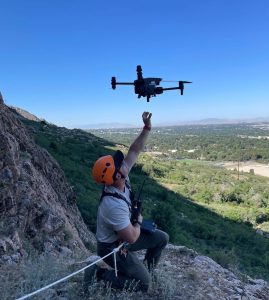
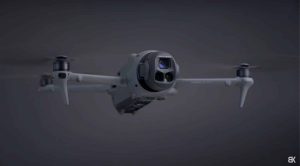

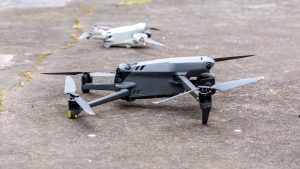
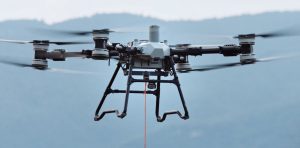
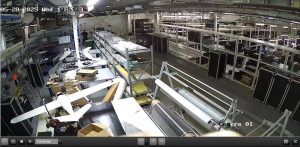
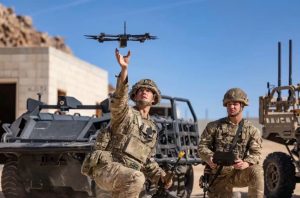
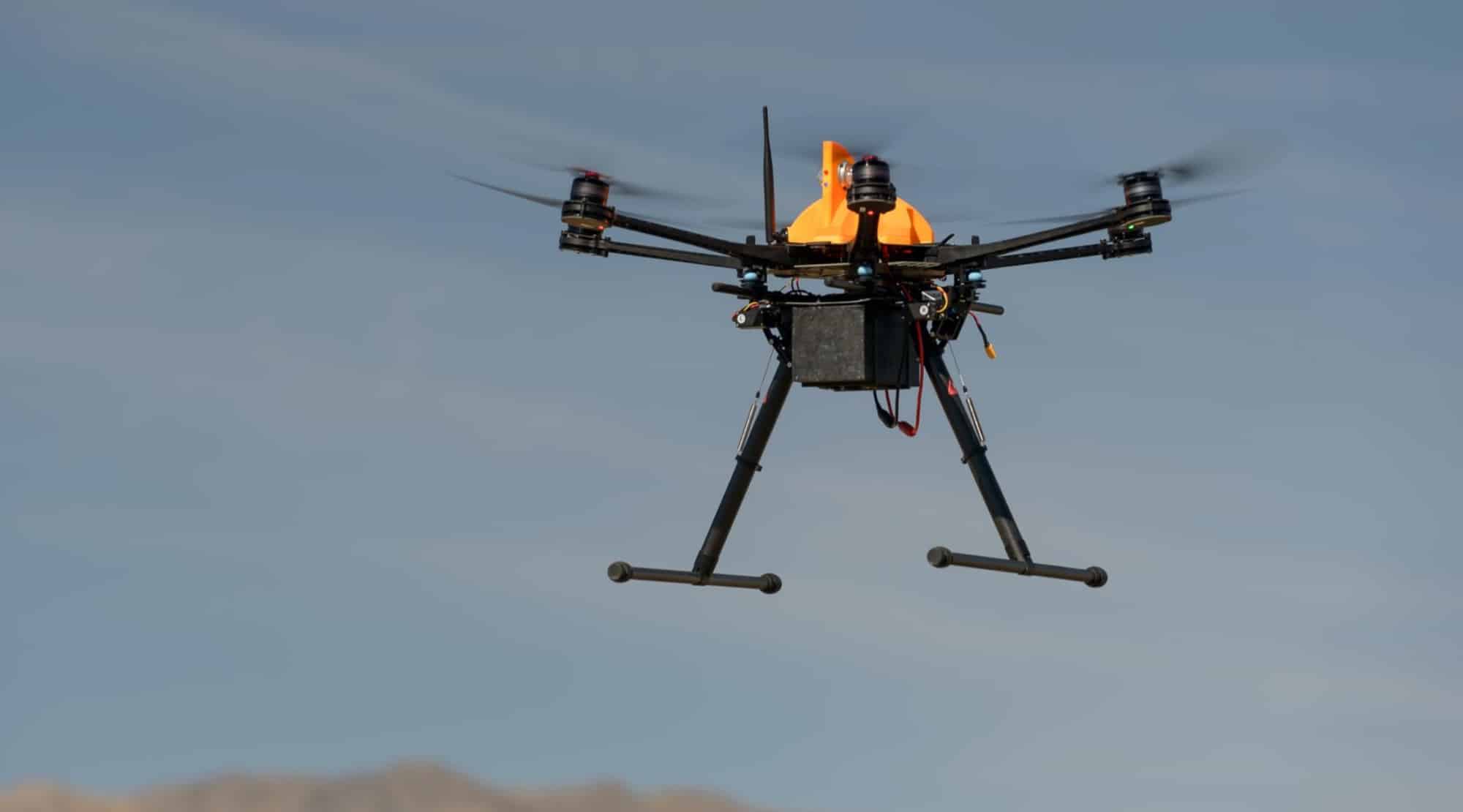

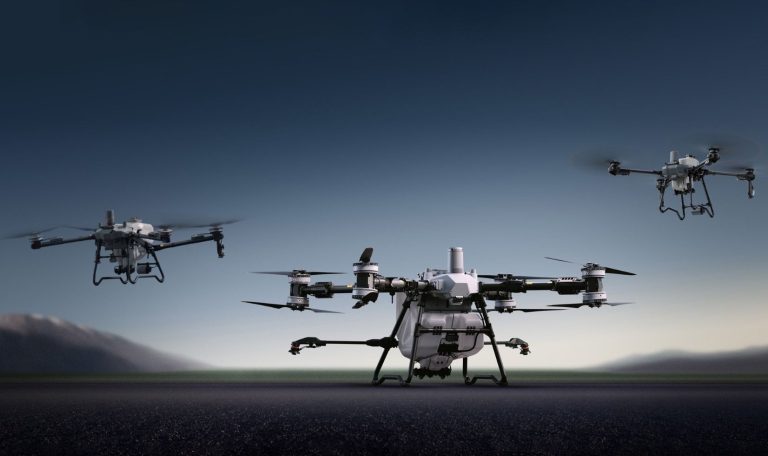
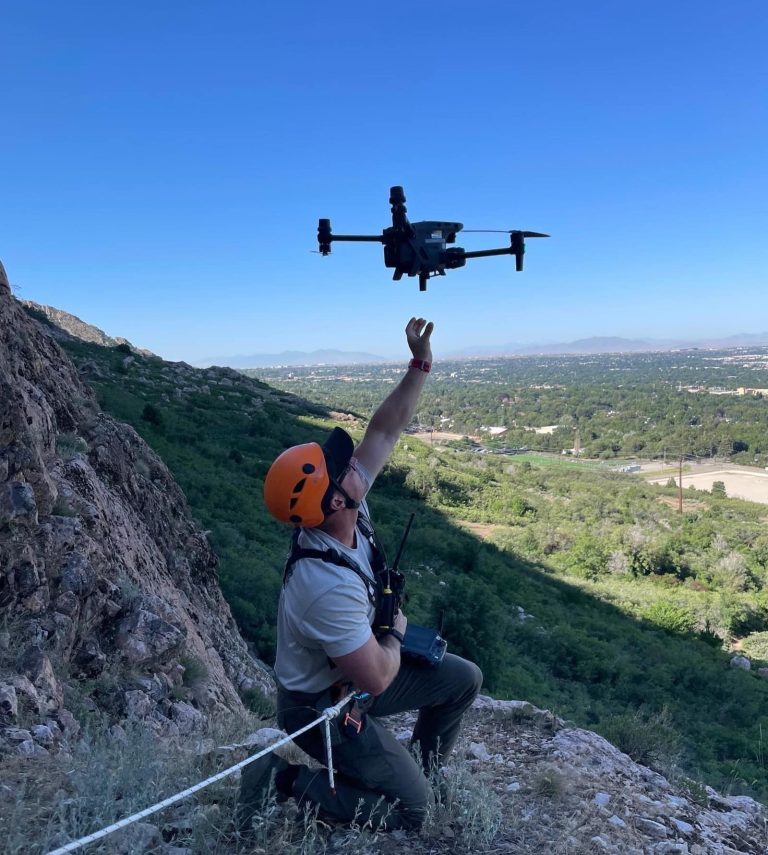
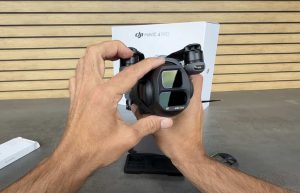
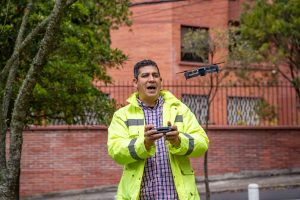
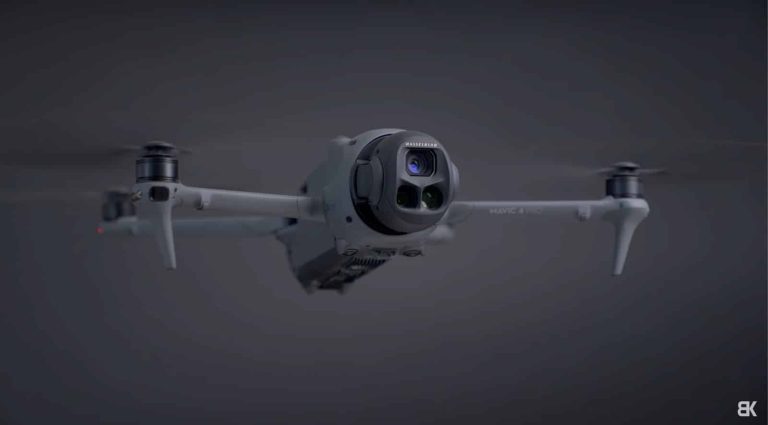

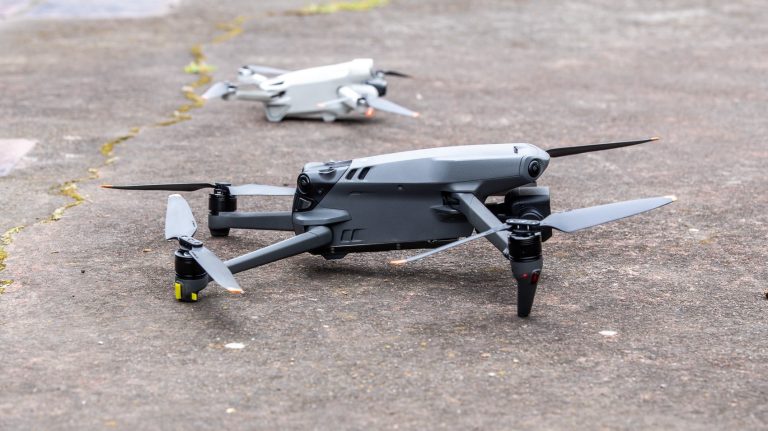
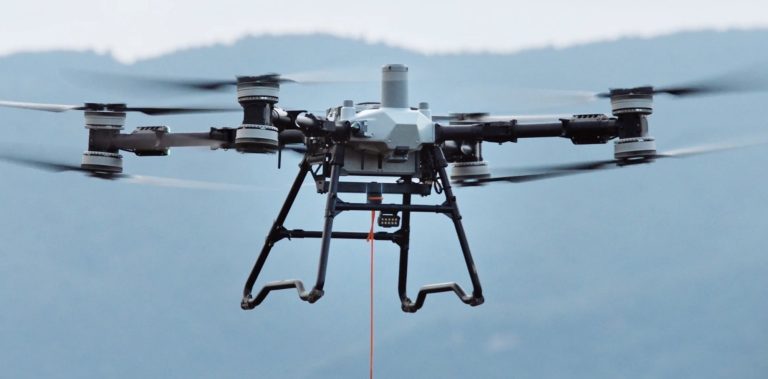
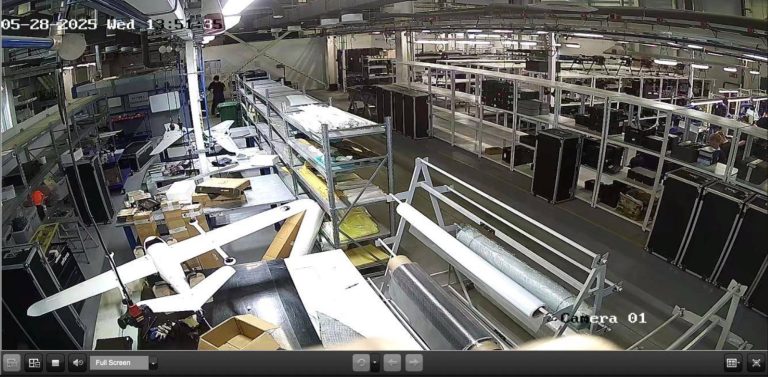
+ There are no comments
Add yours